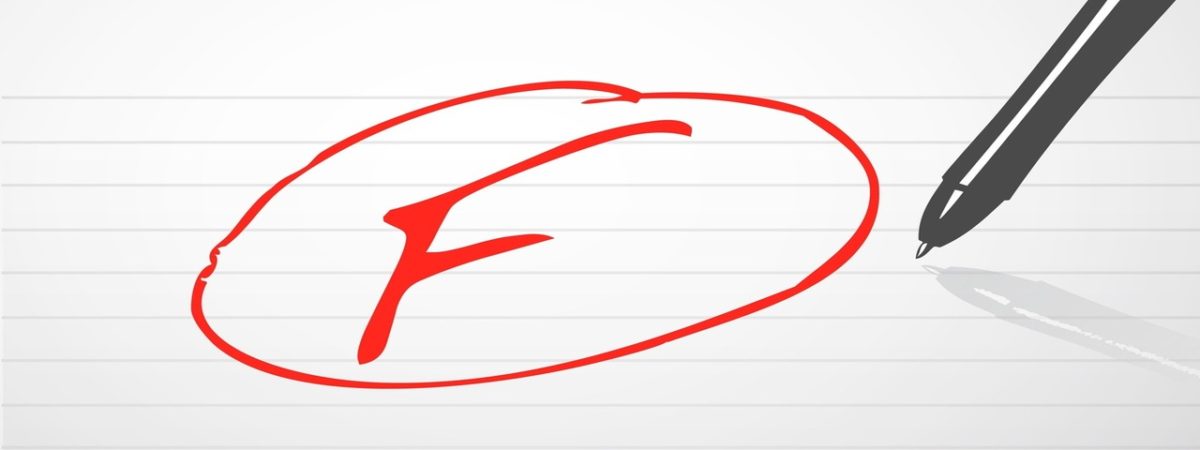The interface of the private and the public sector: impressions from the front line
SUGGESTED



This may sound like a caricature, but to anyone who has worked on that frontier it may feel familiar. My own recent (last 30 years) experience has involved working as a private sector publisher seeking to repackage public sector information for a variety of different uses, across the public and private sectors. Most of this information involved maps, but the data we related to those maps came from many different sources, including The Environment Agency, local government, and British Geological Survey. Much of the data we generated ourselves, by analysing old ordnance survey maps, going back to the middle of the 19th Century. Our customers were initially chartered surveyors, lawyers, civil engineers and environmental consultants, but then government agencies discovered that the skills we had developed could be deployed to solve some of their problems.
Although our services were widely welcomed, our initial overtures to public sector information providers were generally greeted with suspicion shading into outright hostility. For example, the then (1995) head of Ordnance Survey asked, rhetorically, “Why didn’t I think of this first?” on visiting our offices. Although our services depended on combining information from many sources into a variety of targeted services, which no single information provider could have produced, they all had a sneaking feeling, which often surfaced, that we were depriving them of revenue that was rightfully theirs. There was a common misconception that we simply took their raw data and passed it on to our customers, never recognising the problems we had in sorting out their data, finding and filling the gaps, and correcting clear positioning errors.
If one simply plotted landfills from the Environment Agency’s register, from the co-ordinates provided, some 30% were wildly mispositioned, often for reasons like reversing “Eastings” and “Northings”. The Environment Agency also complained because our reports gave rise to questions from our professional clients that were expensive to answer, largely because their methods of managing their own information were, in our view, so primitive. Their registers at that time (mid-nineties) were largely clerically based; while we had a Geographical Information System. I mention this only because such mismatches, which should foster mutual learning and co-operation, all too often are a source of mutual incomprehension and resentment.
My eyes were opened to an alternative approach when I came across the Registry Trust Limited (RTL), a not-for-profit Company established in 1986, when the then Lord Chancellor decided to stop maintain a register of County Court Judgements below a certain value. This created an immediate problem for credit reference agencies, which used the register extensively, but also for anyone engaging a contractor. A county court judgement against a builder is an obvious warning sign. Registry Trust entered into a contract with the Lord Chancellor’s department to receive the judgement data from the courts service, and to create the register. This was funded by would-be customers, initially the major credit reference agencies, paying in advance for six months’ worth of data at cost. In my view, this interface offered many advantages to all stakeholders.
- The data was managed in a way that met the needs of re-users, without tying up the Courts Service in endless queries;
- The courts service could provide data only for England and Wales; RTL was able to add data from Scotland and other parts of the British Isles, including the Channel Islands;
- It got around the problem of pricing the data. Of course, such data has a value, but the problem of pricing it is that it has a different value, depending on the use to which it is being put. A large-scale map of a car park has a different value to a chartered surveyor than it does to someone looking for the precise slot in which he or she may park their car.
Very few people have even heard of RTL. It has never been “exposed” in Private Eye or the Daily Telegraph. Blameless and boring one might say, but in my eyes a virtue. I could never understand why the model had not been adopted to control other flows of Public Sector Information, where the information is collected for one purpose, but used for many others. The Environment Agency would have benefited greatly from such a specialised intermediary. I immediately thought one could transform the flow of planning information, which is used for a variety of purposes by different users (property developers, lawyers, chartered surveyors, and as sales leads by, say, window or brick manufacturers). The three firms that systematically collected such information, trawling through the public registers, from local authorities, all agreed that a Registry Trust style interface would be desirable.
It would have worked by having all planning applications for England and Wales (about 250,000 a year at that time) sent to a single address, where they would be scanned and databased. The original documents would then be sent to the local authority, along with the corresponding digital record. The national record would go to the Planning Inspectorate. This would have met that everyone was working from the same data at no cost to the Public-Sector agencies involved, while the private collectors of data would have a more complete record costing less than the manually collected data. The scheme never happened as one of the big four accounting practices that was advising the Planning Inspectorate said that the scheme was “impractical”, no reasons given. One couldn’t help feeling that our solution would have cut across their ability to charge the Inspectorate large fees for their advice.
One problem that gets in the ways of such co-operative or collaborative solutions is the Treasury view that such data is a store of value that can be recovered for the benefit of the taxpayer. A better way of looking it is that definitive data, used by all the actors in a given marketplace, will lead to systemic savings for all concerned. This is a concept that is totally familiar to economists and data scientists, but feels alien to both sides of the public vs private divide. This doesn’t either directly address or, much less, solve the conundrums thrown up by the Carillion collapse, but I suspect that there are huge diseconomies built into the adversarial relationships predicated by current models of public sector procurement. There have to be better ways.
2 thoughts on “The interface of the private and the public sector: impressions from the front line”
Comments are closed.




Very interesting and rather sad. In economic terms there are positive externalities flowing across the platforms that you set up and others proposed. Are these platforms still in business or have they been squeezed out by the public sector and an attitude of not invented here?
That’s a great post. Just don’t forget to hammer home that the misconceptions and blame runs both ways.
It ties nicely to this article, arguing over similar ground. It’s perspective is from the angle that private enterprise has been viewed as uniquely strong and there’s now a backlash against that.
http://www.harrowell.org.uk/blog/2018/01/31/in-the-eternal-inferno-fiends-torment-ronald-coase-with-the-fate-of-his-ideas/
But what I’m drawing from you both is exactly that a dispassionate, honest and accurate view of therelative strength of economic actors would help us all.